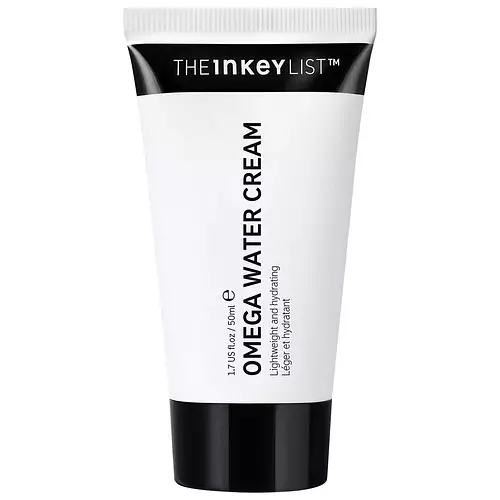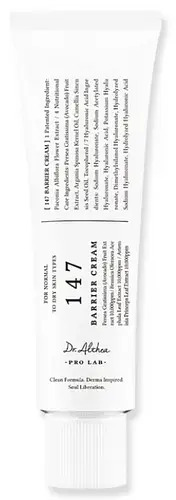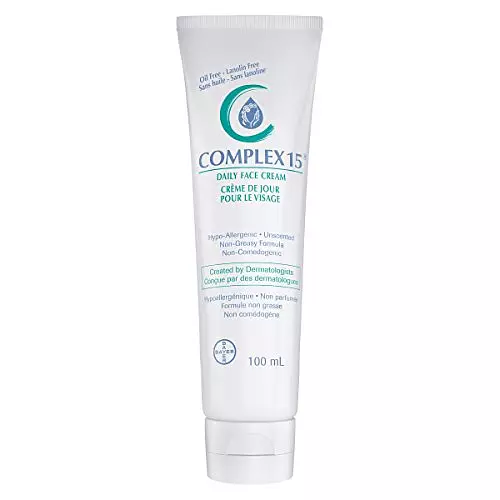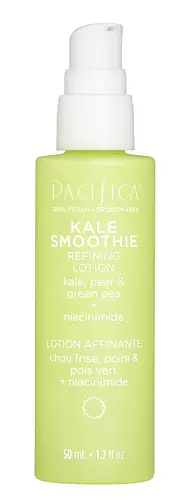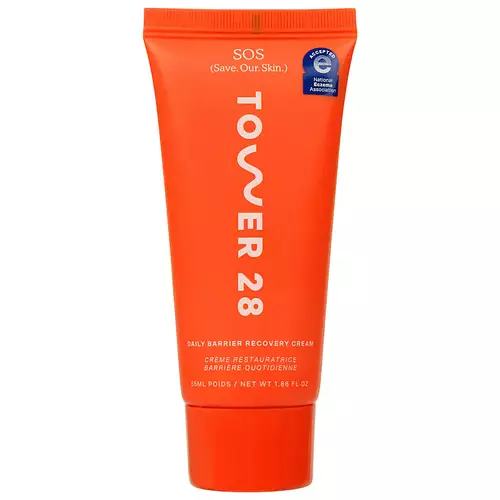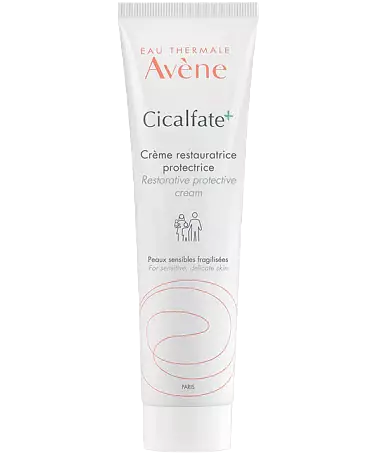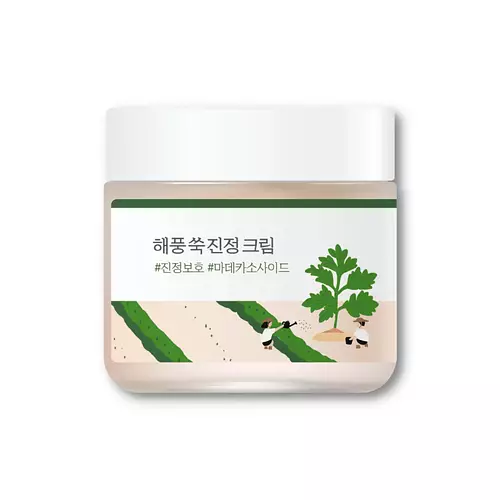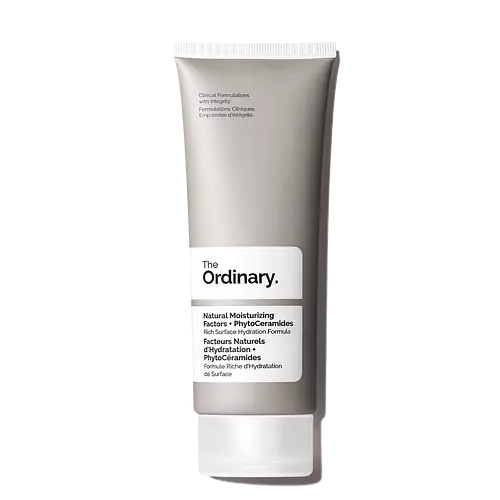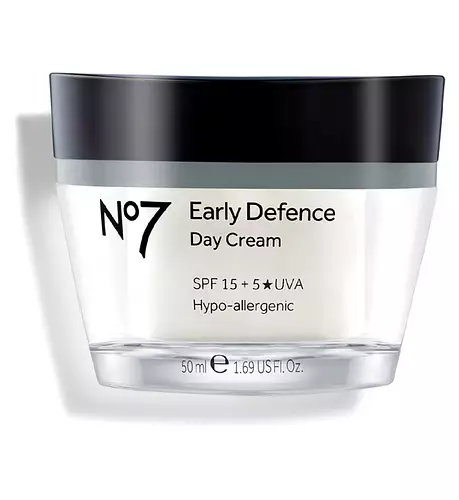The INKEY List Omega Water Cream Versus Dr. Althea 147 Barrier Cream
Updated on May 21, 2024
Overview
What they are
These products are both vegan and reef safe general moisturizers. They have a total of 2 ingredients in common
Suited For
They're both likely to be good for dry skin, brightening skin and sensitive skin
Free From
They both do not contain any harsh alcohols, common allergens or parabens
We independently verify ingredients, and our claims are backed by peer-reviewed research. Spot a product that needs an update? Let us know.
Ingredient Info
The INKEY List Omega Water Cream 17 ingredients
Dr. Althea 147 Barrier Cream 58 ingredients
At a glance
Click on any of the items below to learn more
The INKEY List Omega Water Cream 17 ingredients
Dr. Althea 147 Barrier Cream 58 ingredients
Notable Ingredients
This product contains 1 ingredient that may have this attribute:
Benefits
This product contains 1 ingredient that may have this attribute:
This product contains 2 ingredients that may have this attribute:
This product contains 1 ingredient that may have this attribute:
This product contains 1 ingredient that may have this attribute:
This product contains 1 ingredient that may have this attribute:
This product contains 1 ingredient that may have this attribute:
This product contains 2 ingredients that may have this attribute:
Concerns
This product contains 1 ingredient that may have this attribute:
This product contains 1 ingredient that may have this attribute:
Notable Ingredients
This product contains 1 ingredient that may have this attribute:
This product contains 6 ingredients that may have this attribute:
This product contains 5 ingredients that may have this attribute:
Benefits
This product contains 8 ingredients that may have this attribute:
This product contains 6 ingredients that may have this attribute:
This product contains 5 ingredients that may have this attribute:
This product contains 6 ingredients that may have this attribute:
This product contains 1 ingredient that may have this attribute:
This product contains 3 ingredients that may have this attribute:
Concerns
This product contains 3 ingredients that may have this attribute:
This product contains 1 ingredient that may have this attribute:
This product contains 1 ingredient that may have this attribute:
Ingredients Side-by-side
Ingredients Explained
These ingredients are found in both products.
Ingredients higher up in an ingredient list are typically present in a larger amount.
Water. It's the most common cosmetic ingredient of all. You'll usually see it at the top of ingredient lists, meaning that it makes up the largest part of the product.
So why is it so popular? Water most often acts as a solvent - this means that it helps dissolve other ingredients into the formulation.
You'll also recognize water as that liquid we all need to stay alive. If you see this, drink a glass of water. Stay hydrated!
Learn more about WaterGlycerin is already naturally found in your skin. It helps moisturize and protect your skin.
A study from 2016 found glycerin to be more effective as a humectant than AHAs and hyaluronic acid.
As a humectant, it helps the skin stay hydrated by pulling moisture to your skin. The low molecular weight of glycerin allows it to pull moisture into the deeper layers of your skin.
Hydrated skin improves your skin barrier; Your skin barrier helps protect against irritants and bacteria.
Glycerin has also been found to have antimicrobial and antiviral properties. Due to these properties, glycerin is often used in wound and burn treatments.
In cosmetics, glycerin is usually derived from plants such as soybean or palm. However, it can also be sourced from animals, such as tallow or animal fat.
This ingredient is organic, colorless, odorless, and non-toxic.
Glycerin is the name for this ingredient in American English. British English uses Glycerol/Glycerine.
Learn more about GlycerinIngredient Ratings
Here's what our community thinks of the ingredients in these products.
When to use
The INKEY List Omega Water Cream 17 ingredients
Dr. Althea 147 Barrier Cream 58 ingredients

Reviews
Here's what our community thinks
The INKEY List Omega Water Cream 17 ingredients
TijanaIvanovic
its super light weight almost as if it does nothing, after i apply it i feel like my skin needs more moisture
faulmag
Leaves my skin feeling hydrated, and I like the niacinamide! Extremely glowy, possibly crossing the line, which some people may not like.
Dr. Althea 147 Barrier Cream 58 ingredients
Sara
I have acne, prone, commendation skin and I can’t use salicylic acid. I really like this cream for nighttime. I use it as a night cream. I use the...
I have acne, prone, commendation skin and I can’t use salicylic acid. I really like this cream for nighttime. I use it as a night cream. I use the 345 cream during the day. This isn’t greasy or sticky. I really like this cream. I think it would be a really really great base for make up.
